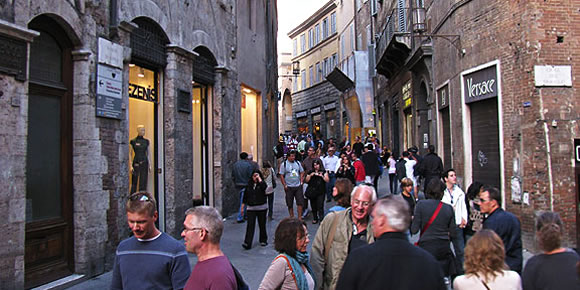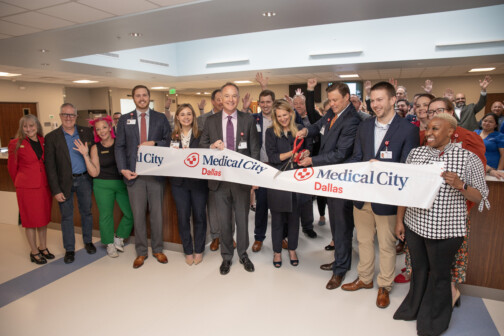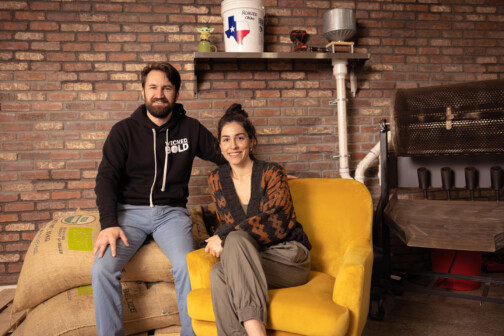Robert Wilonsky has a story on the retirement of Keith Manoy from the city of Dallas. Keith is the director of streets and neighborhood vitality (if I have my ever changing city hall titles correct). For a few more days, that is, until the Oak Cliff streetcar gets a bottle of champagne broken across its bow (is that how streetcars get inaugurated? I hope so).
I want to address Keith’s farewell quote in many ways because it’s similar to a point I often make in presentations about Dallas’ past, present, and future growth patterns:
“…the streets belong to everyone, and we have to share them with folks who choose to cycle and who have the right to walk. We’ve got to work on the public realm in the projects moving forward. There has to be adequate and enhanced accommodation for pedestrians. What’s really funny in this city is we’re spoiled. We want to drive to the front door. We want to park at the front door. If you have to walk two, three blocks, people complain. As a city we have to grow up.”
I couldn’t agree more. Something I always say is that Dallas (and DFW region) has grown out, now it’s time to grow up. Take that literally in terms of physical shape as well as metaphorically as Keith is using it. We’re a young city. An adolescent. Now it’s time to go off to college and get schooled.
There’s another aspect to this however and that’s the land use and design that is bigger and broader than transportation alone. It’s community building and placemaking, of which transportation is a component (of which cars are a subset of transportation). As Jaime Lerner quips, “if your mother-in-law is the only woman in your life, you’ve got problems.” He’s referring of course, to catering to cars.
The distance people are willing to walk (without complaining) is commensurate to the quality of place they’re walking to. And the experience of that walk should be a pleasant and safe one. The more things to see, do, and experience (as well as meet others), the more people are compelled to walk further. Even if there is no particular destination in mind. A city should be designed in a way where the ‘stroll’ is the destination and experience in and of itself.
If every place is a big box store, that isn’t a place nor experience worth walking to. Therefore, we want to park as close as possible to the front door. Then we have drive-thrus where there isn’t even a need to park. There’s your measure of the quality of place. How far are people willing to walk to get there? And if the experience of the walk is so great, do they even know how far they’re walking? Do it right, they’re not complaining. They’re enjoying it. This is how we have to design and build our streets and communities.
The Passeggiatta is the Italian custom of the after dinner stroll through the center of town. We need more passeggiattas, which isn’t so much a particular path, but positive congestion in action. Congestion comes from the triple convergence of mode, time, and location. All the neighbors know that after dinner (time), they can take a stroll (mode: foot) through a lovely part of town (location) and see all of their friends and neighbors.







